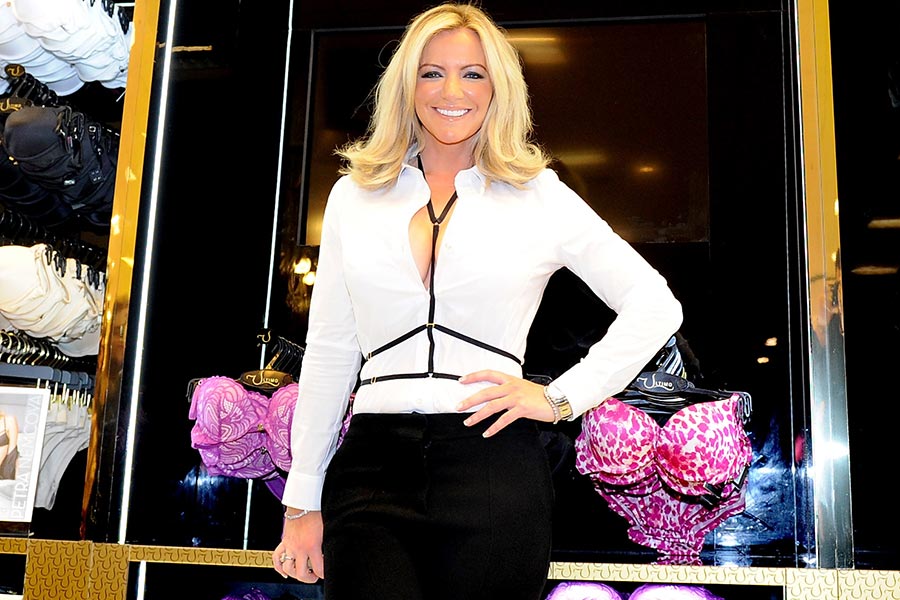Donald Trump's tariff regime could cost the American economy around $31bn per month as foreign investors decide against putting their money into the US, according to research by the University of Sussex.
Analysis of cross-border investments has found that geopolitical shocks, including the first US tariffs on China in 2018, have led to falls in overseas investment in American equities in a phenomenon called the "flight home".
The research warns that the US is uniquely vulnerable to such a fallback because its economy relies on a long-held surplus in international investments, which is now in jeopardy.
The losses in foreign equity investment could amount to an average of $31bn per month for the next two years if Trump persists with his trade policy.
The prediction is based on the impact of the first raft of tariffs in April and analysis of how similar shocks have affected cross-border investments.
The figure takes into account the fact that Trump paused tariffs in the spring, and predicted losses would have been otherwise been significantly higher.
“Donald Trump’s tariffs are all about trying to cut the country’s trade deficit, but any gains made here are likely to be wiped out by losses in international investments in the short-to-medium term," said Dr Faek Menla-Ali, economist at the University of Sussex and author of the study.
"The obsession with exports has led to a blind spot over how deeply the US relies on investments from other countries.
"American bonds and equities have been seen as a safe haven for the entire post-war era. Trump’s second term is undermining one of the country’s strongest economic legacies.”
Recent data shows that US gross equity inflows from equities purchased by foreign residents were close to $750bn in 2023, but the research suggests this will fall fast if tariffs continue.
As an example, the study found that average monthly gross equity flows from China to the US for the six months after the 2018 tariffs were -$228m compared to +$721m in the six months before the tariffs, a fall of around 129%.
The same pattern was seen in other countries, with geopolitical shocks causing investors to put more of their money into domestic assets instead of US assets.

“One of the most puzzling things about the US tariff project is that it ignores basic economic realities. For decades, the country’s surplus in international investments has funded its trade deficit. In short, they balance each other out," said Dr Fenla-Ali.
"Attempting to cut the trade deficit by doing something which harms investments in American assets is nonsensical. It’s a lot of wasted political capital for no real economic wins.”
Photo: US President Donald Trump. (Pic: Eric Lee/Bloomberg via Getty Images)











